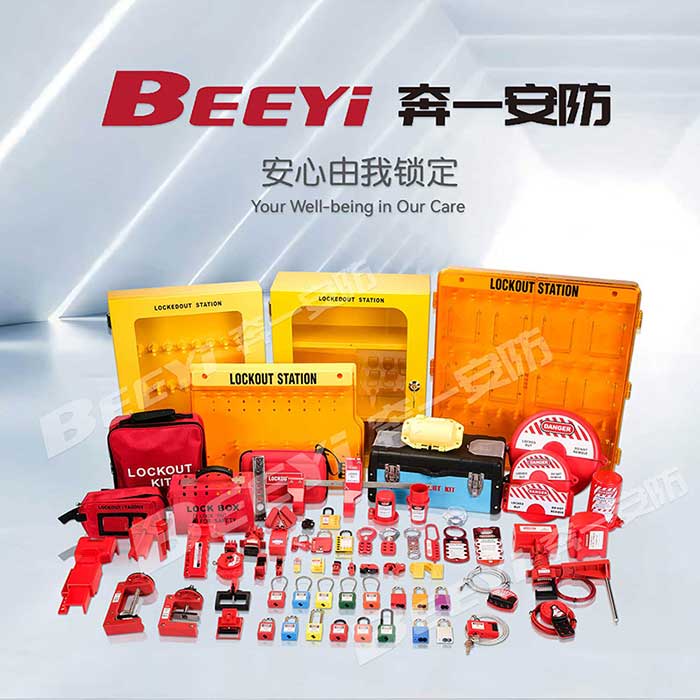In industrial environments, safety is a top priority. Workers in fields such as oil and gas, chemical processing, and power generation often face risks associated with the operation of various machinery and equipment. One of the most critical components of workplace safety is the effective use of lockout/tagout systems, particularly for safety valves. This is where Safety Valve Lock applications come into play, ensuring that safety valves are properly secured and cannot be inadvertently or improperly operated during maintenance, repair, or other processes. These devices play a significant role in protecting workers, preventing accidents, and ensuring compliance with safety regulations.

What is a Safety Valve Lock? A Safety Valve Lock is a device that physically locks a safety valve in either an open or closed position, preventing unauthorized or accidental operation. These locks are often used in conjunction with lockout/tagout (LOTO) systems, which are designed to protect workers from the unexpected release of hazardous energy, such as gas, steam, or chemicals, during maintenance or repair tasks. By using a lockout system, operators can ensure that a valve remains securely in place and cannot be tampered with or triggered by accident. Purpose and Importance The primary purpose of a Safety Valve Lock is to prevent accidents caused by the accidental or unauthorized operation of safety valves. Safety valves are essential for controlling pressure and releasing excess energy in pressure systems. However, when these valves are not properly locked out, the consequences can be catastrophic, leading to injuries, equipment damage, or environmental hazards. In many industries, the risk of sudden pressure release or hazardous fluid discharge can cause serious injuries or even fatalities.